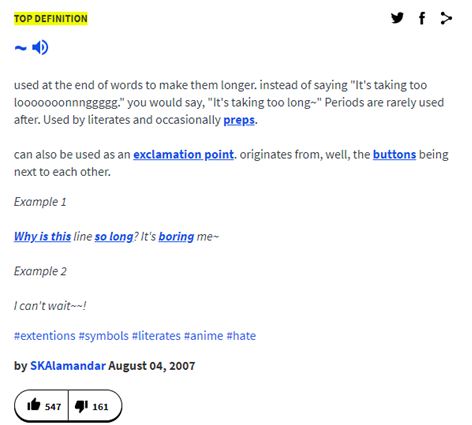It’s December, which is when we tend to think about what we’ve done this year and what we hope to do for next year. For me, that reflection includes updating my personal organizing and scheduling system (e.g., planners, calendars, bullet journals, organizers).
Organizing has been essential to maintaining a consistent workflow throughout my academic career. It’s a living system—I continually revamp it to make sure I’m getting the most out of it. Right now, I’m using a “paper-dominant hybrid system”: my scheduler, to-do list, reading notes, and zettelkasten are in print, but I maintain a digital calendar, a citation system, and mind-mapper.
Organizing systems are as varied as academic scholars. This makes sense: your system should serve your needs. But regardless of whether it’s digital or physical, multi-platform or all in one place, it behooves scholars to have a system that isn’t a pile of scraps or things you write on your hand. Trust me when I say: there is too much to remember in grad school for you to “have it all in your head.” If you don’t write things down or record it, things will inevitably slip from your mind.
For that reason, I'm hoping to spend my next few blog posts talking about how I organize my academic life (from day-to-day scheduling to keeping notes that will last a decade). I’ll also talk about how I’m updating my 2019 system for the new year.
But before I proceed, here are a couple of disclaimers/considerations:
No organization system is perfect forever. In the planner community, the term “planner peace” refers to having a system you are completely satisfied with. While this sounds awesome, realistically, you won’t find a system that completely fits you for your whole life. Your planner system will change as you and your career changes—but this is how it should be, because what you need from your organizing system will change.
Maintenance is key. A good organizing system relies on regular maintenance. That might involve setting aside time weekly to update your citations, review your planner/calendar, or to clean your to-do list. As diverse as organization systems are, they all still require maintenance.
The best-laid plans of mice and men often go awry. Few of the days I schedule and organize go exactly as I anticipated. Even if I write a daily to-do list, I rarely complete it. Don’t be hard on yourself when your plans go out the window for a day (or longer). Don’t feel bad if you have to forgo your organizing system for a bit when things get hectic.
Don’t mistake planning for doing. Planning out your day is not the same as actually doing what you planned. Don’t make planning busy-work to avoid the real work you have to do.














